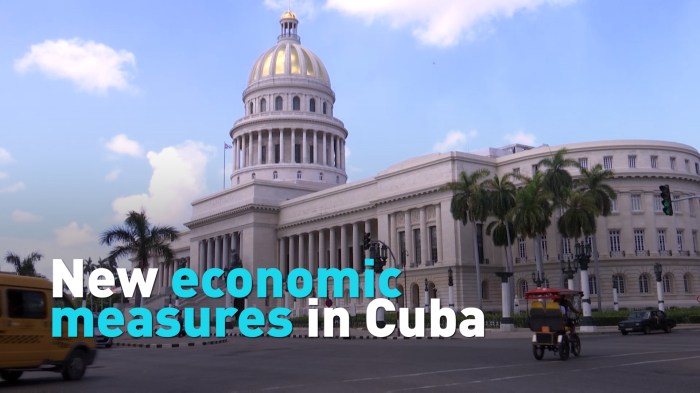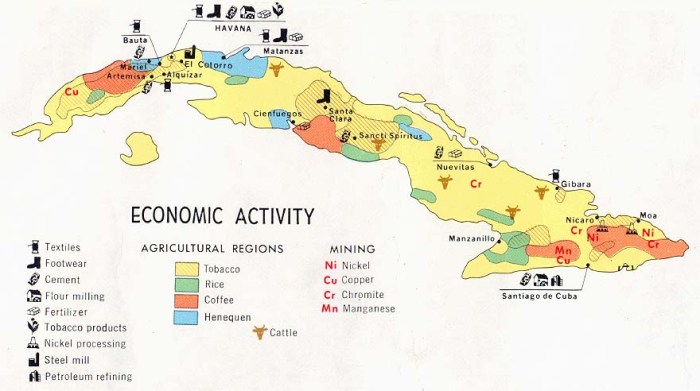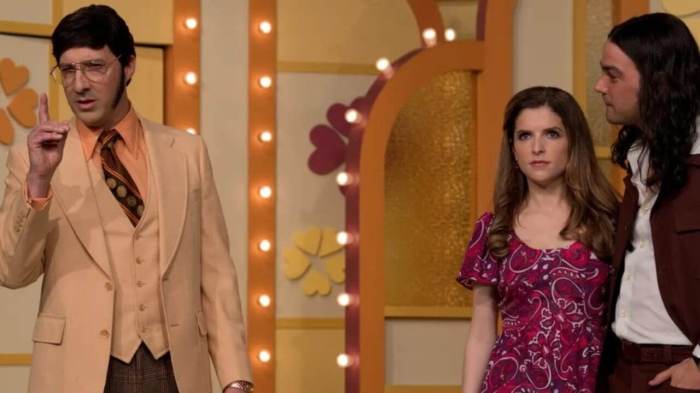Cuba’s political and economic situation is a complex tapestry woven from decades of revolution, isolation, and reform. The island nation, once a symbol of defiance against American imperialism, has navigated a path of socialist ideology and economic challenges, marked by both triumphs and hardships.
Understanding the historical context, the structure of its government, and the dynamics of its economy is crucial to grasping the unique trajectory of Cuba today.
From the revolutionary fervor of the 1950s to the present day, Cuba has endured a tumultuous journey. The legacy of Fidel Castro and the enduring influence of the Communist Party continue to shape the country’s political landscape. The Cuban economy, reliant on state control and central planning, has faced significant hurdles, including the impact of the US embargo and the challenges of modernization.
Despite these obstacles, Cuba has fostered a vibrant culture, renowned for its music, dance, and artistic expressions, showcasing a resilience that has captivated the world.
Social and Cultural Dynamics: Cuba’s Political And Economic Situation
Cuba’s social and cultural landscape is a vibrant tapestry woven from diverse threads of history, heritage, and contemporary experiences. The country’s unique blend of African, Spanish, and indigenous influences has shaped its distinct identity, evident in its music, dance, art, and way of life.
Cuba’s political and economic situation remains a complex and multifaceted issue, with ongoing debates about the country’s future. Amidst these discussions, a recent musical collaboration has caught the attention of many, as Charli XCX explains why Ariana Grande was the perfect choice for the “Brat” remix.
Charli XCX Explains Ariana Grandes Perfect Brat Remix Choice The success of this collaboration, like the evolution of Cuba’s situation, underscores the power of creative partnerships and the potential for positive change in the face of adversity.
This section delves into the social and cultural dynamics of Cuba, exploring its demographics, education system, healthcare system, and cultural institutions, while examining the role of art and the impact of the Cuban diaspora.
Demographics and Social Structure
Cuba’s population is primarily concentrated in urban areas, with a majority residing in the capital city, Havana. The country’s demographics are characterized by a significant racial mix, reflecting its history of colonialism and slave trade. The majority of Cubans identify as mixed race, with significant populations of Afro-Cubans and European-Cubans.
Cuba’s political and economic situation remains a complex web of challenges, with the country grappling with the legacy of decades of socialism and the recent economic downturn. While the government prioritizes social programs, many Cubans struggle with limited access to essential goods and services.
In a world where even basic necessities are hard to come by, acts of generosity like Selena Gomez’s donation of all Rare Beauty sales to support mental health serve as a poignant reminder of the human spirit’s capacity for compassion.
This act of kindness, though seemingly far removed from Cuba’s struggles, speaks to a universal need for support and care that transcends borders and political systems.
Cuba has a relatively young population, with a median age of 39 years.
Education System
Cuba boasts a highly developed and accessible education system, with universal access to free primary and secondary education. The government prioritizes education as a cornerstone of social development, investing heavily in teacher training and infrastructure. Cuba has a high literacy rate, exceeding 99%, and its education system has been recognized for its strong emphasis on science and technology.
Healthcare System
Cuba’s healthcare system is considered a model for universal coverage and access to quality care. The government provides free healthcare to all citizens, including preventative care, hospitalization, and essential medications. Cuba’s healthcare system has achieved significant advancements in public health, particularly in areas like maternal and infant mortality rates.
Cultural Institutions
Cuba has a rich tapestry of cultural institutions that reflect its diverse heritage and artistic traditions. The country is home to numerous museums, theaters, art galleries, and music venues, showcasing the works of renowned Cuban artists and performers. These institutions play a vital role in preserving and promoting Cuban culture, both domestically and internationally.
Music, Dance, and Art, Cuba’s political and economic situation
Music, dance, and art are integral to Cuban culture, serving as powerful expressions of national identity and social commentary. Cuba’s musical heritage is a blend of African, Spanish, and indigenous influences, giving rise to unique genres such as salsa, son, and rumba.
Cuban dance forms like the cha-cha-cha, mambo, and conga are known worldwide for their vibrant energy and rhythmic complexity. Cuban visual art is characterized by a diverse range of styles, from traditional painting and sculpture to contemporary installations and performance art.
Cuban Diaspora
The Cuban diaspora, consisting of Cubans living outside the country, has had a significant impact on Cuban social and cultural dynamics. The diaspora has played a role in promoting Cuban culture internationally, through music, dance, art, and literature. The Cuban diaspora has also contributed to political activism, advocating for social and economic reforms in Cuba.
Government and Citizen Relationship
The relationship between the Cuban government and its citizens is complex and multifaceted. The government has implemented a system of social welfare programs, providing universal healthcare, education, and subsidized housing. However, the government also exerts significant control over freedom of speech, assembly, and press.
The Cuban government has faced criticism for its restrictions on political dissent and its limitations on individual freedoms.
Cuba’s political and economic situation remains a complex tapestry woven with threads of history, ideology, and global pressures. While the island nation navigates its own unique path, news from afar sometimes offers a stark contrast. For instance, the recent generosity of Taylor Swift, who donated a staggering $78 billion to the victims of Hurricane Milton and Helene, as reported in this article , highlights the power of individual action and the vast disparities that exist across the world.
This act of immense kindness, though seemingly distant from Cuba’s immediate concerns, underscores the global interconnectedness and the shared human experience of both suffering and resilience.
Final Thoughts
As Cuba enters a new chapter, its political and economic future remains uncertain. The country faces a delicate balancing act between preserving its socialist legacy and embracing economic reforms. The world watches with anticipation as Cuba seeks to chart a course towards a more prosperous and sustainable future.
The path ahead will likely be fraught with challenges, but the island nation’s spirit of resilience and its rich cultural heritage provide a foundation for hope.
FAQ Summary
What are the main political parties in Cuba?
The Communist Party of Cuba is the only legal political party in the country.
How does the US embargo impact Cuba?
The US embargo has severely restricted Cuba’s access to trade and investment, hindering its economic growth.
What are some of the key cultural aspects of Cuba?
Cuba is known for its vibrant music, dance, and art, including salsa, rumba, and the works of renowned artists like Frida Kahlo.
What is the current status of US-Cuba relations?
While relations have improved since the Obama administration, the Trump administration reimposed some sanctions, creating uncertainty about the future of US-Cuba relations.







